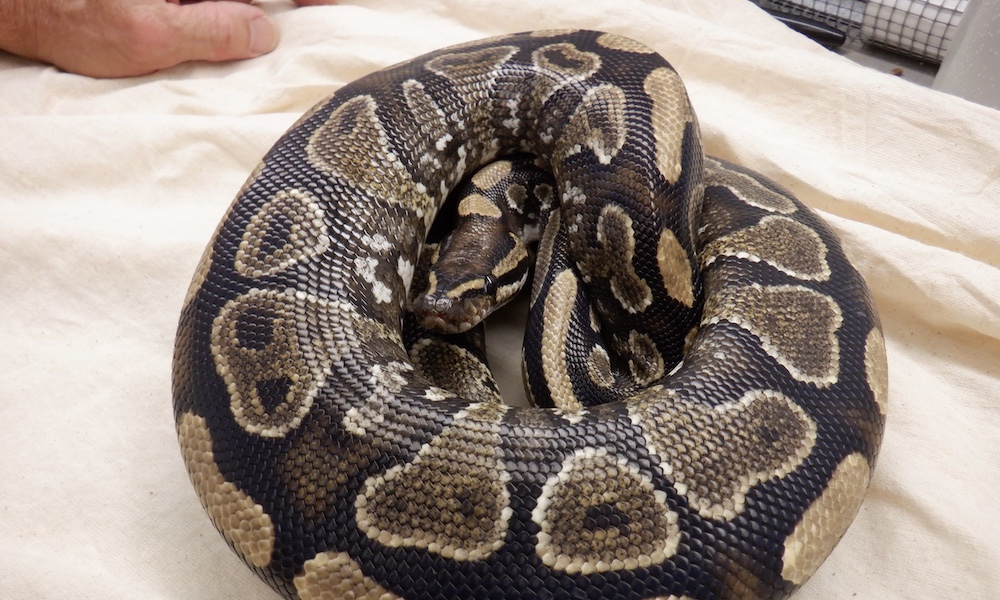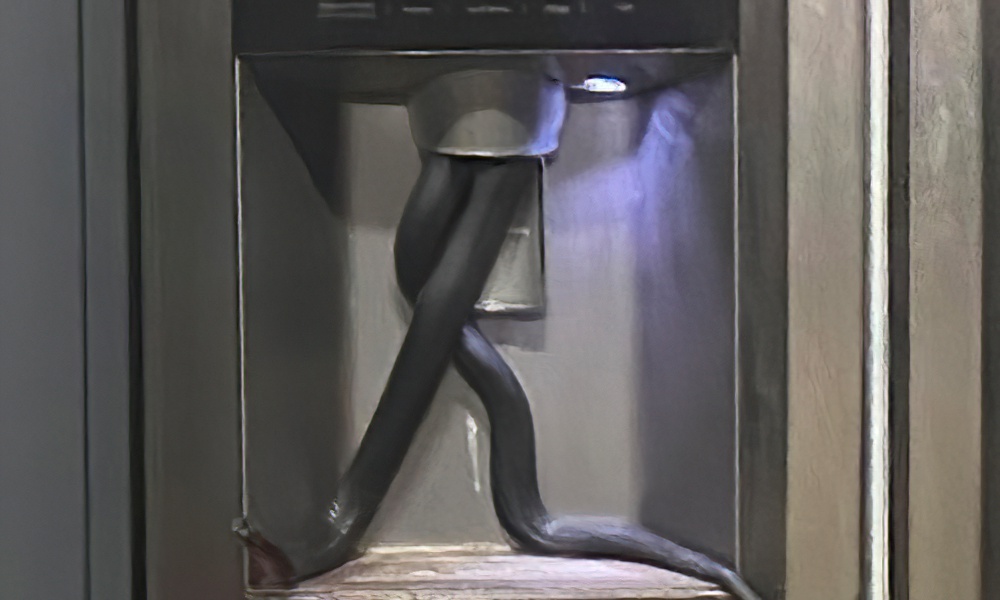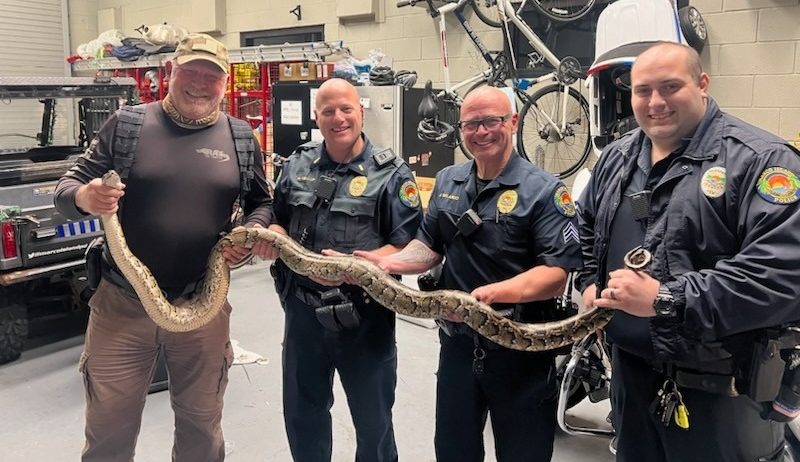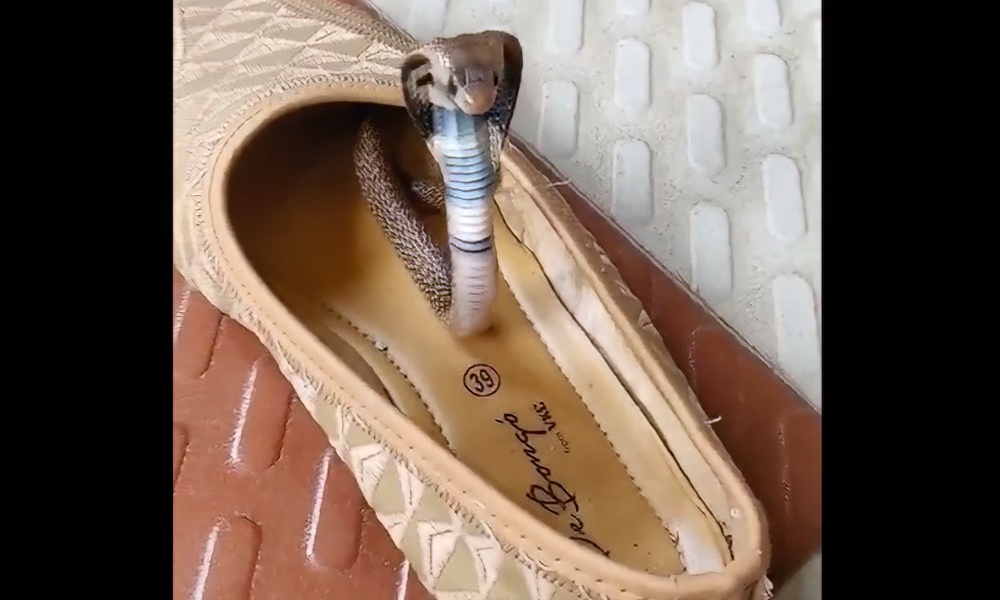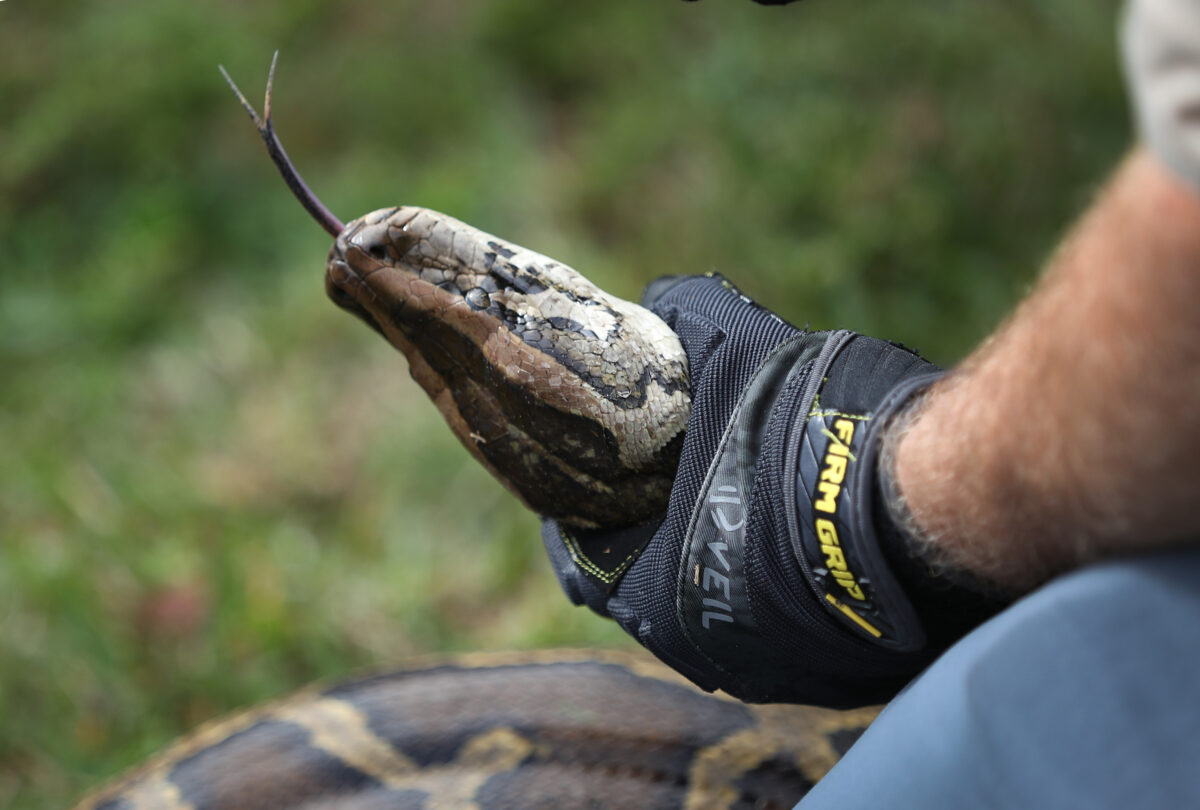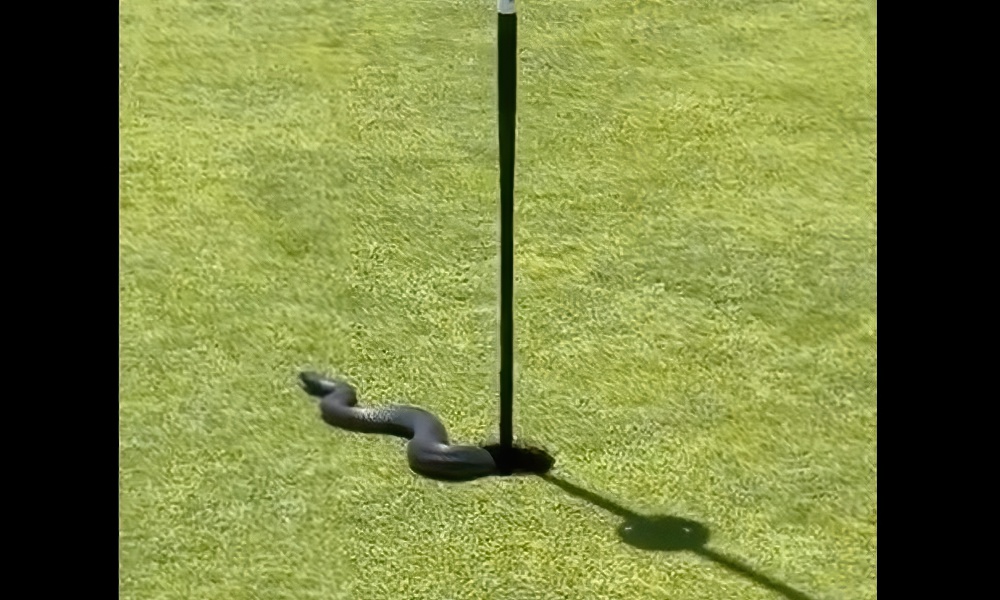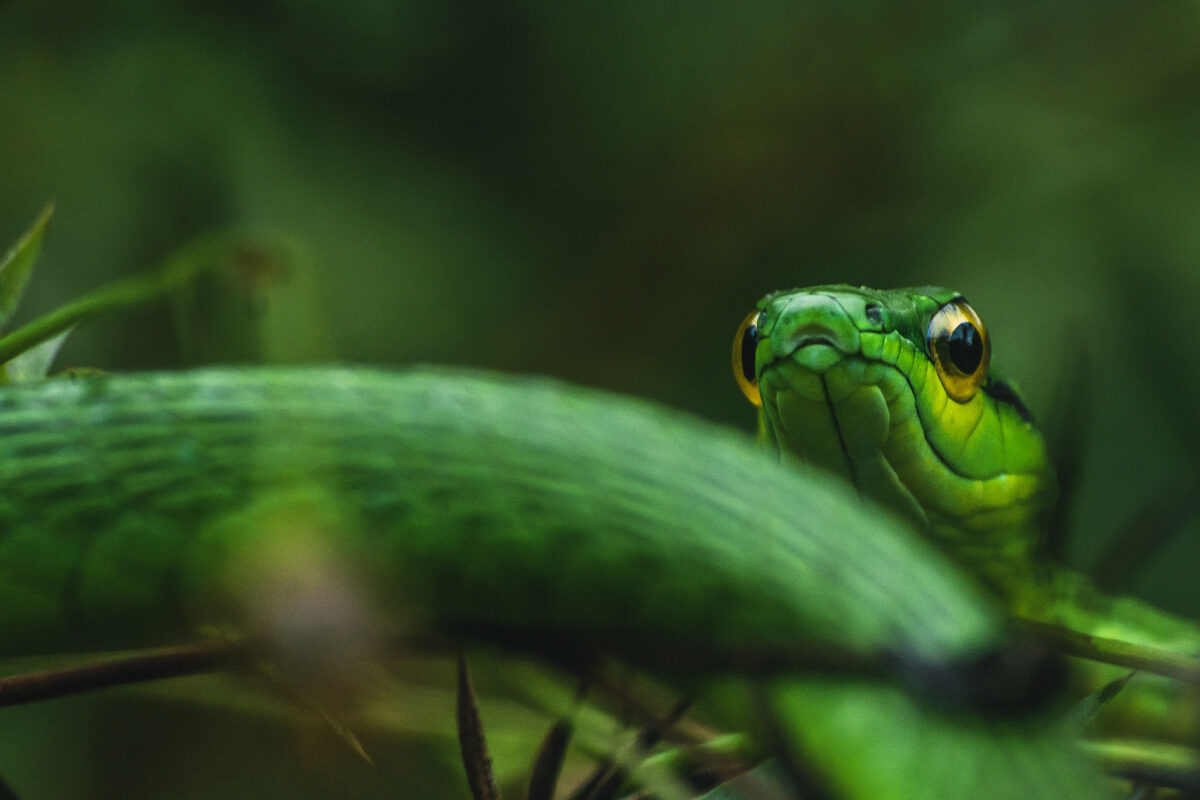The snakes have been slowly expanding their turf to the north, and growing larger in the process.
Marco Island police officers didn’t need a mulligan when they were called to Hideaway Beach Club on Marco Island recently, but they did require golf clubs.
Officers responded to the private, gated community on the Gulf of Mexico on Dec. 21 to remove a Burmese python hidden in bushes near a residence.
Video shows the officers and a club security guard wrangling the 9-foot snake from the bushes using golf clubs and placing a cloth over the snake’s head before placing it into a carrier.
The python was reportedly turned over to a certified Florida Fish and Wildlife trapper.
What is the longest Burmese python ever captured?
The longest python ever measured was caught in July near Naples. It was caught in the Big Cypress National Preserve in eastern Collier County in July 2023.
The snake was measured by the Conservancy of Southwest Florida in Naples and came in at a whopping 19 feet.
What do you do if you catch a Burmese python in Florida?
Permit holders, python removal contractors, and FWC and South Florida Water Management District staff can transport live pythons for euthanizing at a later point. Everyone else must humanely kill the snakes at the capture location, according to FCW.
Reptiles not native to Florida are not protected in the state except by anti-cruelty law. The animals must be humanely killed. Shooting Burmese pythons is allowed as long as state and local firearms rules are followed and the animal loses consciousness immediately. The animal’s brain should then be destroyed by pithing to prevent it from regaining consciousness, according to FWC.
How did the Burmese python get to Florida?
Burmese pythons are native to Southeast Asia. Many of the invasive snakes came to the U.S. because of their popularity in the pet trade, according to USGS. The snakes were then intentionally or accidentally released in South Florida.
Are Burmese pythons venomous?
Burmese pythons are non-venomous. Pythons constrict their prey, then swallow it. There have been no reports of human deaths from Burmese pythons in the wild in Florida.
Are Burmese pythons still a problem in Florida, Everglades?
Burmese pythons occupy much of southern Florida and eat a wide range of animals, from mammals to birds and even reptiles, including alligators. According to USGS, pythons have severely impacted native species and ecosystems in Florida and represent one of the most difficult invasive-species management issues across the globe.
What is the Florida Python Challenge?
The annual 10-day Florida Python Challenge is an effort by FWC to remove the invasive predators from South Florida’s ecosystem. Participants are eligible to win money prizes in various categories.
The 2023 contest saw 1,050 participants remove 209 Burmese pythons.
Is python meat edible? Do people eat Burmese python eggs?
Python meat and skin can be kept and sold, according to FWC. Burmese pythons removed from the Everglades were tested and found to have high amounts of mercury. Mercury is a neurotoxin that can impair brain functioning and damage the reproductive system.
While it’s not illegal to eat python meat, the FWC cautioned that neither the Florida Department of Health nor the Florida Department of Agriculture have stated that it’s safe.
Water management district python hunter Donna Kalil told the Palm Beach Post in 2020 that she eats python a few times a year and shared how she prepares python meat and eggs.
According to a story in the Miami Herald:
The snakes have been slowly expanding their turf to the north, and growing larger in the process, experts say.
Conservancy staff say there are records of pythons being found on Marco Island before 2015. How the snakes are reaching the island is a mystery, but the club covers 300 acres, half of which are wetlands and conservancy, it reports.

